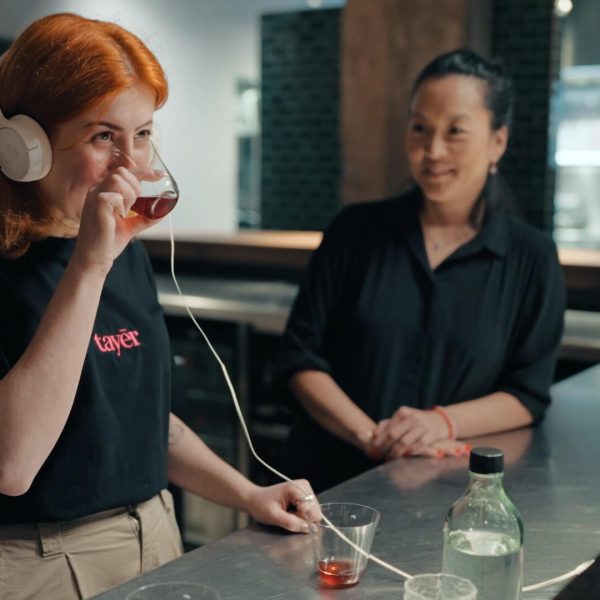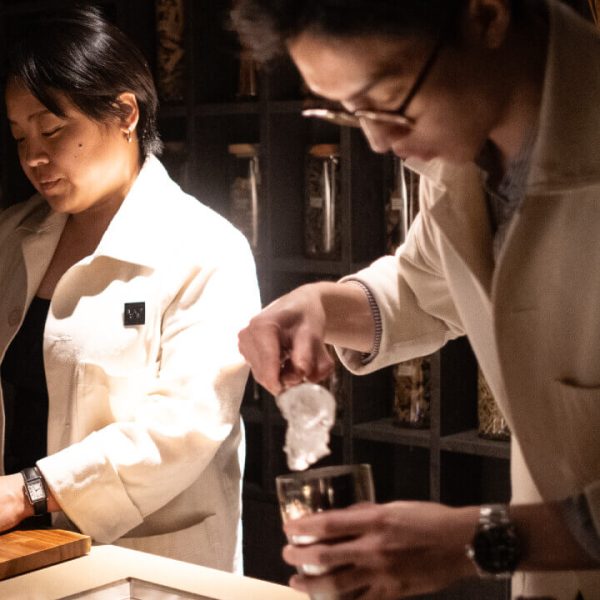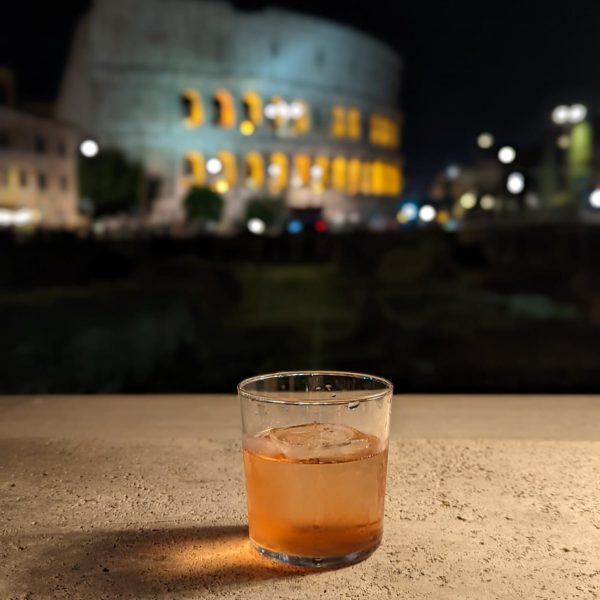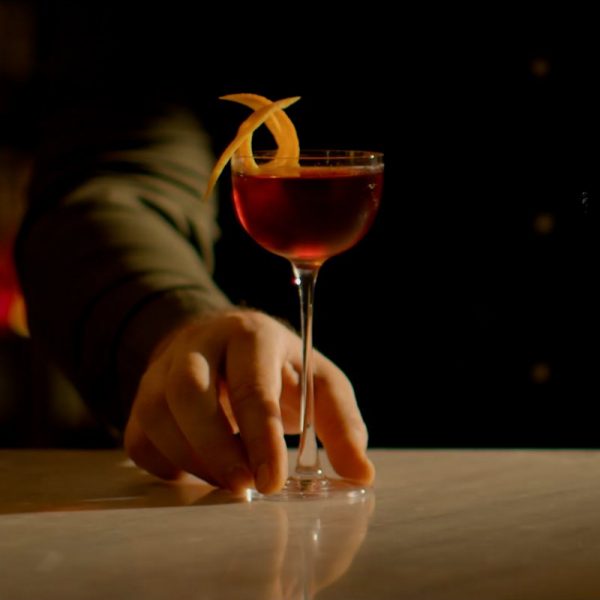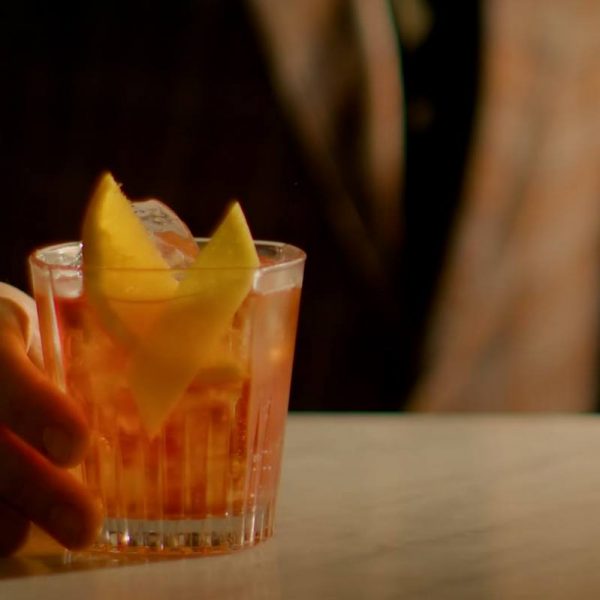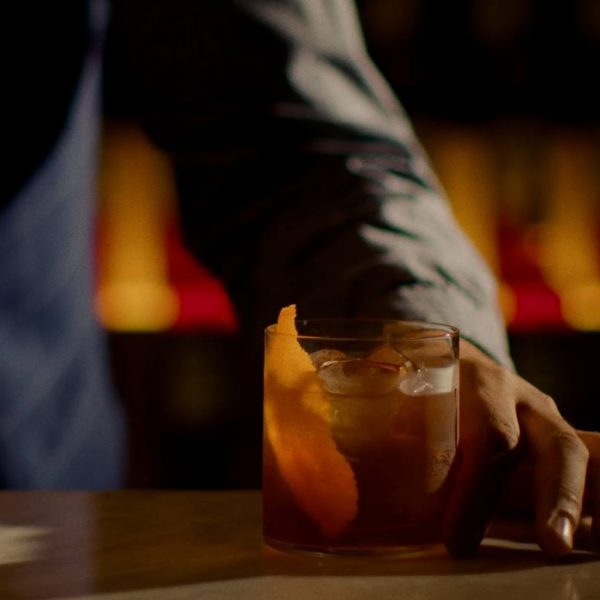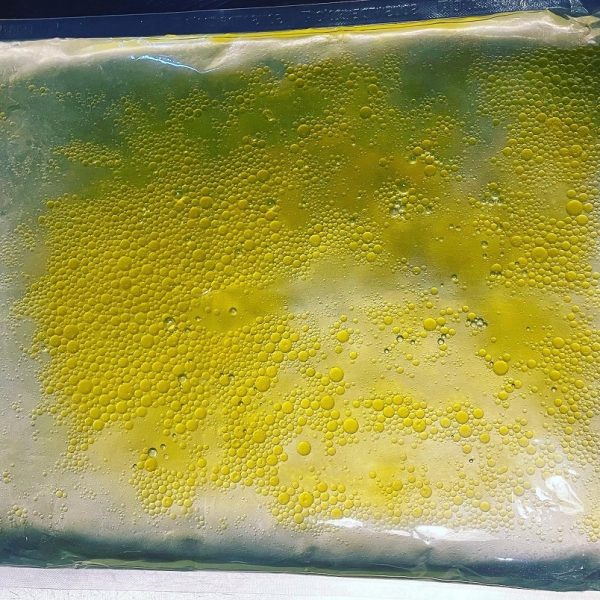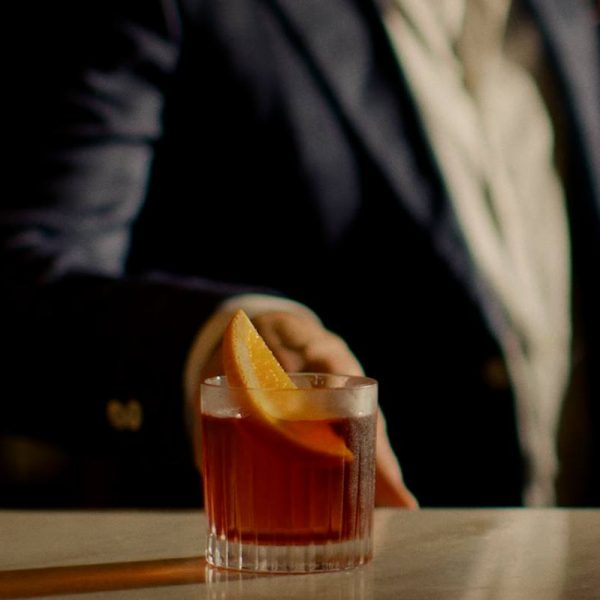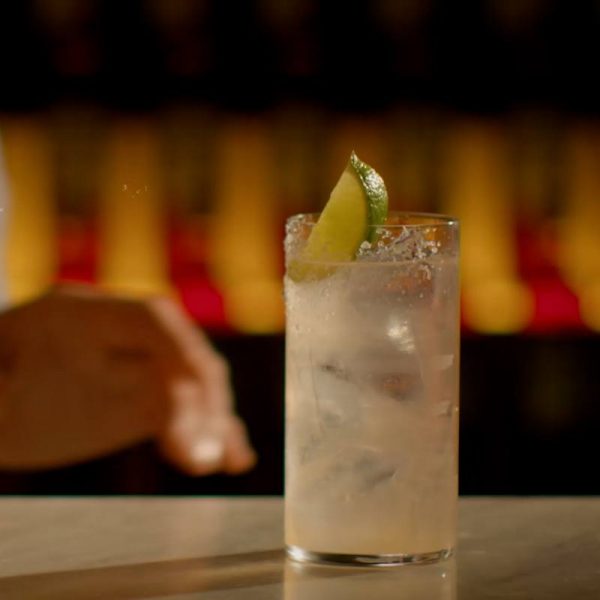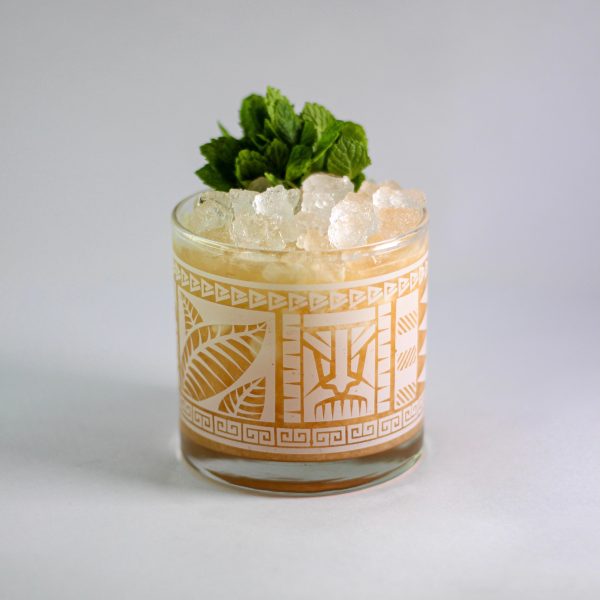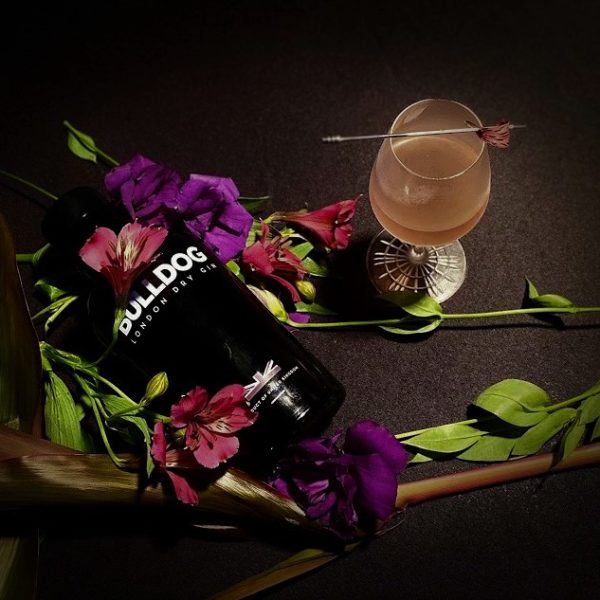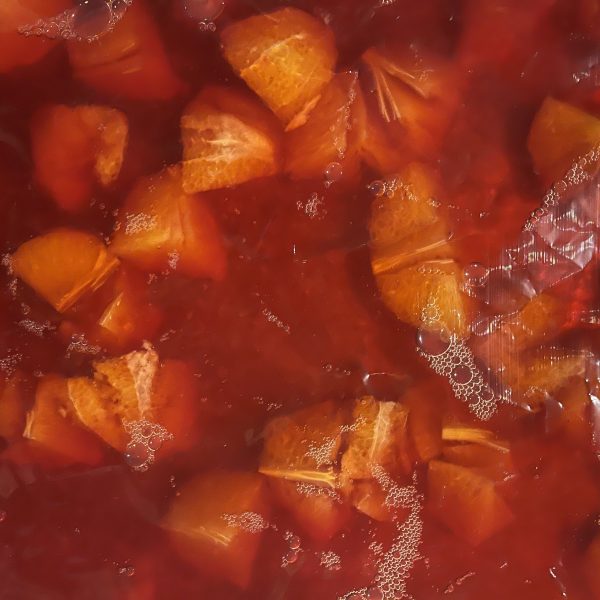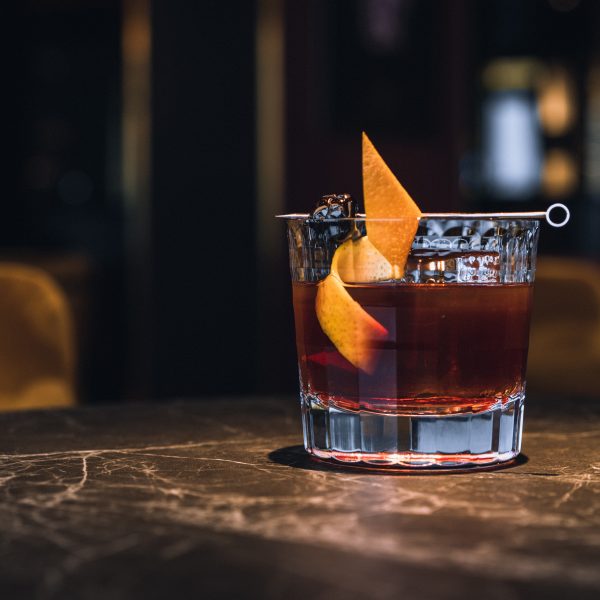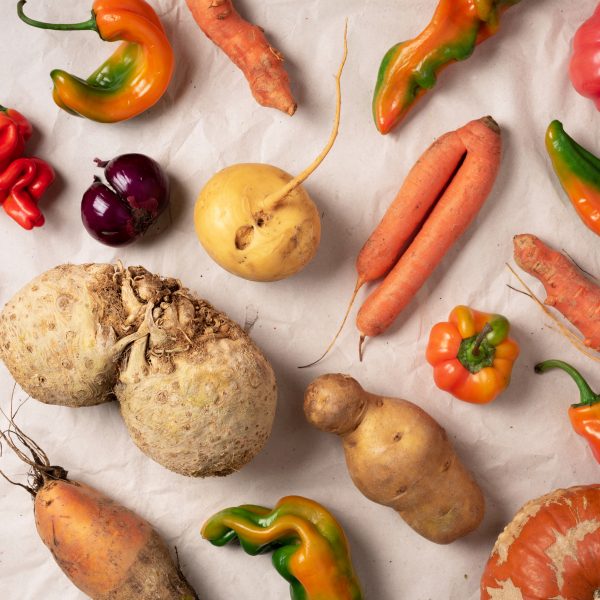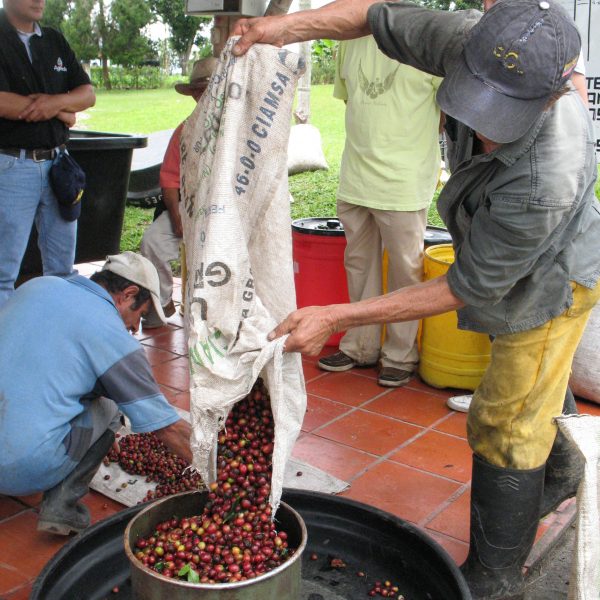Extracting flavour series: Chris Garden on the process of gin distillation
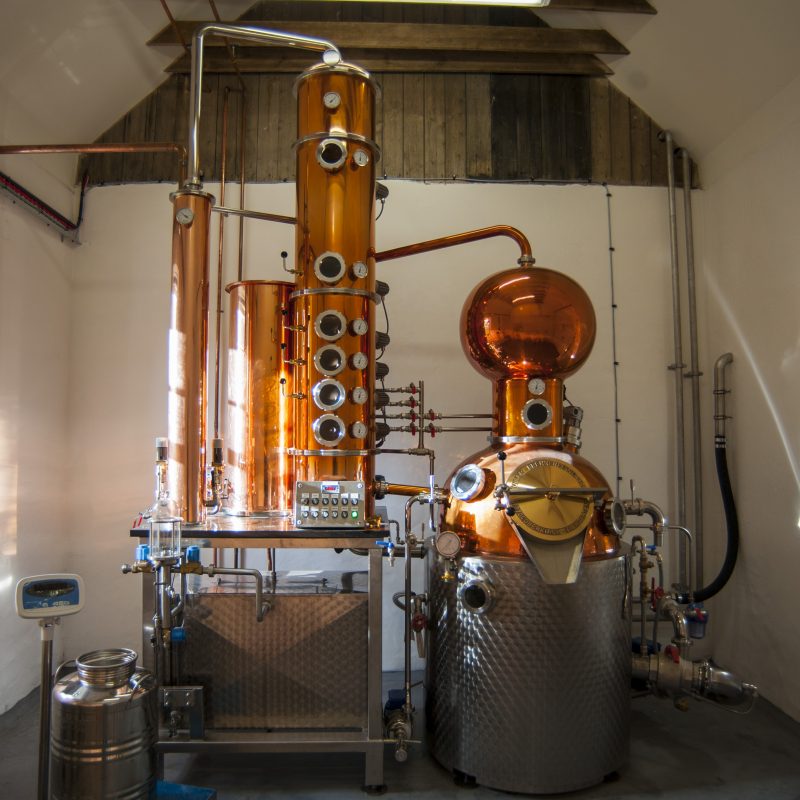
In the second of our series on extracting flavour, we ask head distiller and co-founder of Hepple Spirits Company, Chris Garden, to explain how the method of distillation impacts the final flavours of gin
Distillation has been around for thousands of years. It has travelled across continents, starting in Western Asia in around 1200BC, and has been thought of as a dark art, almost witchcraft. While brewing and vinification are massively complex and full of chemistry, they are perceived as being easy to understand and fairly simple, which isn’t the case.
What is distillation?
Distillation is a process of separating components of a mixture – whether this is ethanol from an ethanol and water mixture, or diesel from crude oil, the principles are the same. Different liquids have different boiling points and the difference in boiling point is what allows distillation to occur.
Under atmospheric conditions ethanol will turn from a liquid to a vapour at just over 78oC, while this transformation will occur at 100oC for water. Therefore, if a mixture of ethanol and water is heated to 78oC the ethanol will turn to a vapour and leave the mixture, leaving the water behind. This vapour will then pass through to a condenser where it will be returned to a liquid and collected.
Why is it used?
Distillation is used for different purposes in different industries. In the petrochemical industry, distillation is used because crude oil itself cannot be used as a fuel for a car: instead, it has to be distilled and the diesel oil fraction removed, and that can be used as a fuel for cars.
In the gin-making process, distillation is used to concentrate and bind selected flavours into alcohol; in whisky production, distillation is used to concentrate the alcohol.
Traditionally gin is distilled on a copper pot still. Why copper? Well, it’s a good metal to work with as it is malleable and relatively inexpensive, but the copper also interacts with the ethanol and removes undesirable sulphur-based compounds from the alcohol that can give a burning sensation when imbibed. One of the legal requirements before a spirit can be called a distilled gin is that it is produced exclusively by redistilling organoleptically suitable ethyl alcohol of agricultural origin of an appropriate quality with an initial alcoholic strength of at least 96% abv.
To produce alcohol of the correct quality requires a lot of investment and it can’t really be done on a small scale. For these reasons very few gin distilleries produce this neutral grain spirit, instead they buy it from a larger producer. It is, as the name suggests, a neutral-flavoured ethanol and the only element it brings to gin is the alcohol. It is a blank canvas upon which to paint a masterpiece where the paints are the botanicals.
How do you use it in gin production?

So, the neutral grain spirit is added to the copper pot still and water is added to dilute the abv to 50-70% (without the water there could be nothing to separate the alcohol from). To this mixture botanicals are added – the quantity and variety of botanicals used are completely up to the distiller but to get a good-tasting gin that is well balanced and doesn’t just taste of one flavour, the recipe is the defining element.
Different botanicals require different quantities to make an impact on the finished gin. For example, you need many more times juniper than, say, cardamon or star anise. These details and the recipe are found through experimenting and trial and error. Once the recipe is defined and gin production is ready to commence the botanicals are added to the ethanol/water charge and allowed to steep in the mixture; the length of time is again determined by the distiller, but between 10-24 hours is normally allowed.
During the steeping flavours in the botanicals leach out into the alcohol mixture and the liquid turns from being beautifully translucent to become dark, murky with an oily sheen. At this point heat is applied to the mixture and once the 78oC is achieved, the ethanol – full of the flavours from the botanicals – will leave the mixture and make its journey to the condenser, during which it will interact with the copper where the sulphur-based compounds will be absorbed and removed from the ethanol.
Once the vapour hits the condenser the vapour is turned back to a liquid and collected in a vat. The first liquid collected contains some astringent flavours and shouldn’t be allowed to form part of the finished product. The distillate coming over should be constantly tasted until the stringent taste has disappeared and citrusy and piney flavours appear. Once these are tasted the vat should be changed and the new liquid collected separately.
Over several hours the various flavours of the botanicals will come over and regular tasting should be conducted because at some point all the vibrant flavours will be collected and the taste will then turn to more stewed, vegetal notes and again these shouldn’t be allowed in the finished spirit. Again, the vats are changed over and the three elements form the heads, hearts and tails. The heads and tails shouldn’t be reused and should be repurposed or destroyed. Finally, the heart section is blended with water to take it from still strength to bottling strength – again this is selected by the distiller to best showcase the gin they have created.
The production method for producing London Dry gin hasn’t changed for hundreds of years and this ancient method for concentrating and binding flavour into alcohol hasn’t been bettered.
Chris Garden





